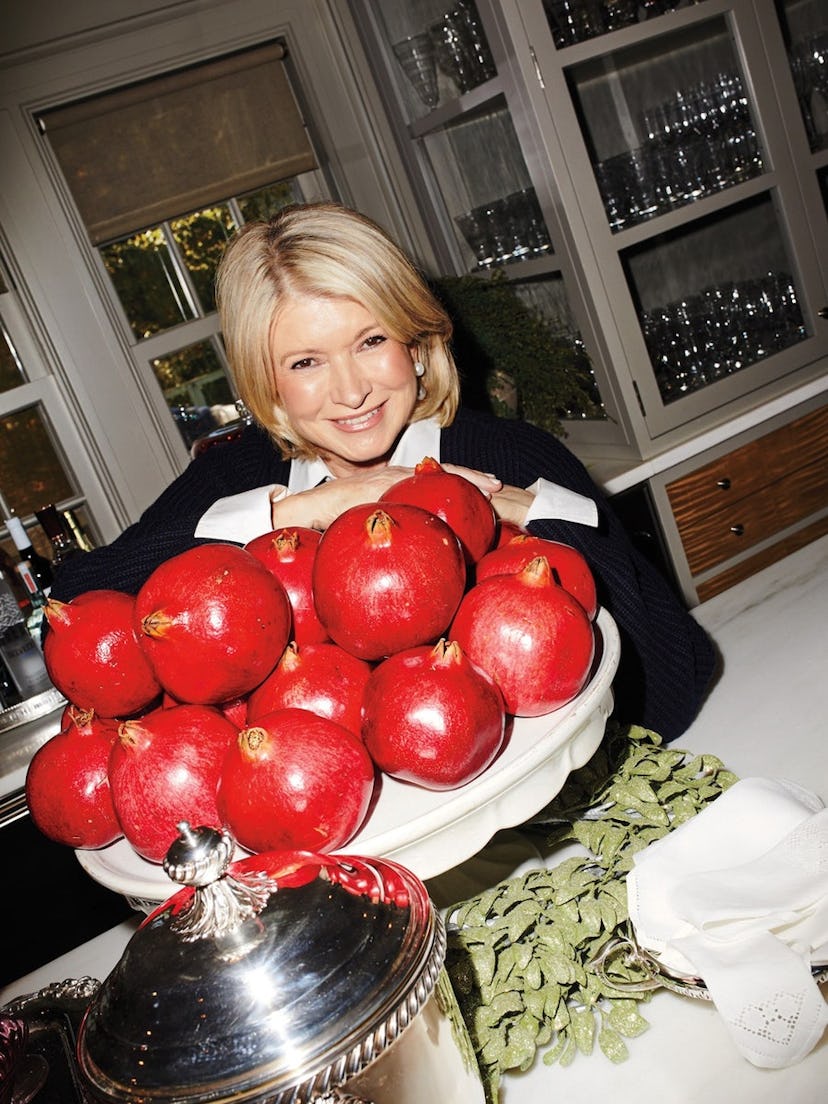Martha Stewart’s First-Ever Restaurant Will Replicate Her Connecticut Home

In all her years of telling people what to cook and how to entertain, Martha Stewart has somehow never opened up a restaurant of her own. “We have toyed with the idea for a long, long time,” she told People on Wednesday. “I just personally was never really ready to do something so large as this.” Well now, at age 80, she finally is.
The Bedford by Martha Stewart, a 194-seat farm-to-table eatery, will open its doors inside the Paris Las Vegas this spring. Though if all goes as planned, patrons will feel more like they’re dining at a rural farmhouse than a casino hotel. The Bedford technically bills itself as a “a fully-immersive restaurant concept,” meaning Stewart has done her best to bring her much-Instagrammed Connecticut retreat to the desert.
Stewart is no stranger to creating replicas: The nativity sets she sold this holiday season, for example, were exact copies of the one that she made in prison. And since Stewart designed the Bedford herself, the press release might not be exaggerating when it says the restaurant “will offer guests an authentic glimpse of how she lives and entertains in her own home.” (Let’s just hope they don’t offer an authentic glimpse at her infamously unappetizing food photography.)
“There's a kitchen, a dining room, a brown room, a green room,” Stewart told People. “It’s very similar in the finishes of my home, and the furnishings are all kind of replicas of a very familiar space to many, many, many Americans.” The food might feel familiar, too. Stewart plans to serve up local versions of the foods she typically eats and serves, with a little help from her long list of farms and markets.
The setting of a casino hotel may deter some, but Stewart is thrilled with the Bedford’s location. “Nobu’s going to be right across the hall,” she said. “What good company is that? I mean, it's fantastic.”
This article was originally published on